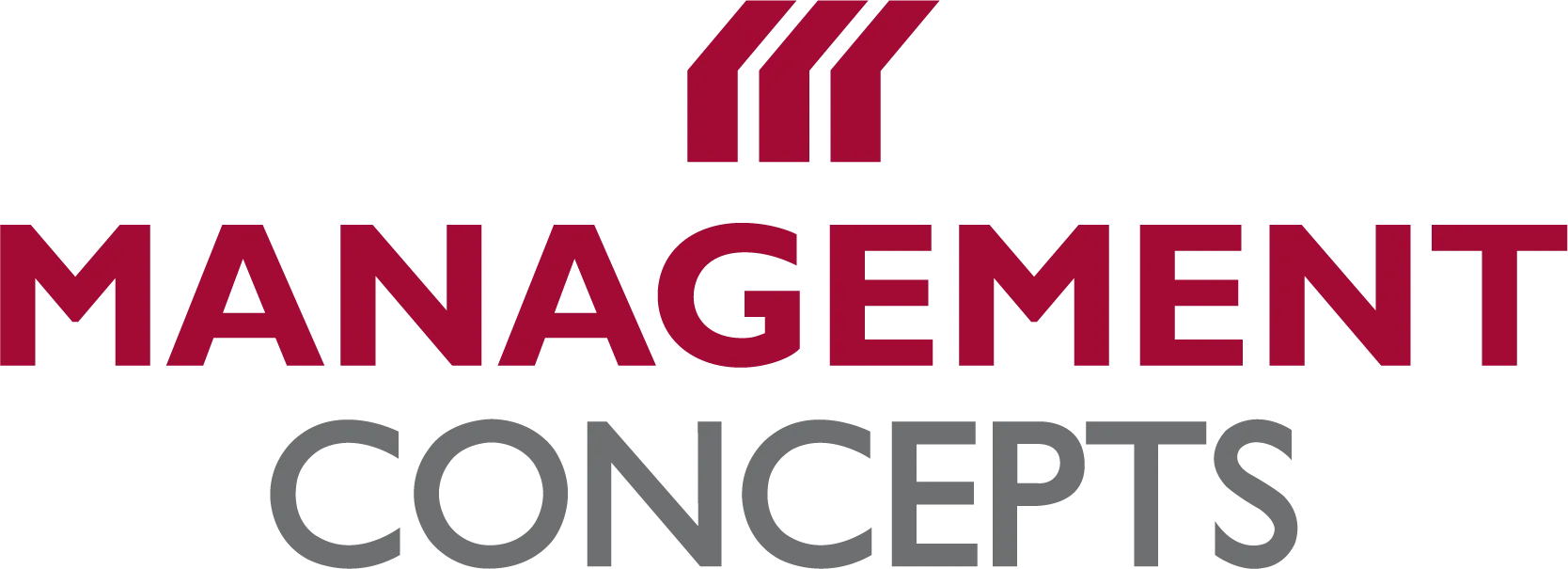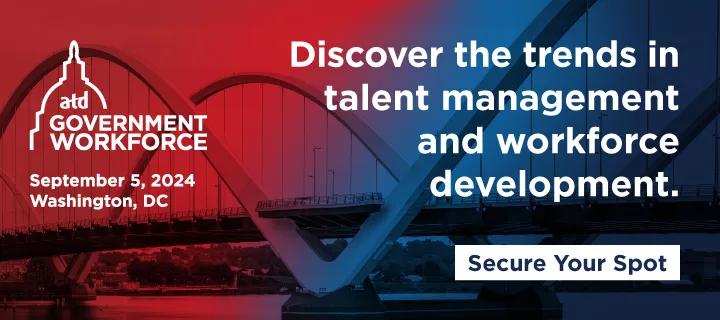ATD Blog
Evolving Leadership for an Increasingly Complex Federal Environment
Tue Aug 20 2024

The future of federal leadership is fraught with uncertainties and shaped by continuing resolutions, limited regulatory power, AI adoption, hybrid workplaces, and waves of retirements and new hires. More than 2.2 million federal employees, the largest workforce in the United States, will experience the ripple effects of these changes in the coming years. Federal leaders must navigate these complexities while continuing to implement policies and achieve mission goals. Current leaders, already overwhelmed, and future leaders, potentially unprepared, must be ready for the impact.
Despite the perception that the government is slow to change, upcoming policy and technology disruptions will necessitate an evolution in leadership. Learning and development (L&D) professionals can equip leaders with the strategic mindset and analytical skills needed to anticipate, prepare for, and adapt to a range of future scenarios with confidence.
Shifting to the Cityscape
The “view from the balcony” metaphor illustrates the importance of leaders having a broad perspective rather than only focusing on daily operations. However, federal leaders must zoom out even further to view the entire federal landscape, understanding the dependencies and implications at a macro level across multiple agencies. Mid-level and senior leaders must deepen their competence in interpreting policies and regulations as well as understanding how technology and talent developments will affect the federal market landscape and their home agencies. This begins with gaining fluency in how the entire federal government, not just a specific agency, operates.
L&D professionals can facilitate this by adopting strategies from the private sector, offering training and tools for market landscape assessments, policy analysis, and human capital readiness assessments. By seeing the bigger picture, leaders can identify knowns within unknowns, providing clarity and certainty to upcoming threats to the current operating environment. For example, they can take tactical steps to hedge against budgetary changes, knowledge loss, and gaps in talent capabilities and bolster workforce and succession planning.
Adopting Strategic Foresight
Tools are essential for helping leaders think beyond the immediate horizon and consider multiple futures. OPM’s Strategic Foresight Guidebook, particularly the Cone of Plausibility model and Knowledge Grid, can be invaluable. These tools help uncover potential blind spots and mitigate risks, ensuring agility and institutional readiness in any scenario. They can also instill confidence in leaders, fostering a workplace that operates from confidence rather than fear while positively affecting organizational morale and performance.
Preparing Leaders for Increased Stress
According to Gallup, workplace stress is on the rise, with managers experiencing more negative impacts than nonmanagers. This trend, compounded with future uncertainties, will likely add strain to federal leaders, who are already overwhelmed. Gallup research suggests that optimism and hope for the future can lead to improved engagement. Managers, who play critical roles in employee engagement and well-being, must instill optimism and hope in their teams despite increased stress.
Leaders can achieve this by embracing the T.R.U.E. pillars—transparency, reliability, understanding, and expression—which help them support their teams authentically, even in challenging times. L&D professionals can also emphasize techniques to develop positive habits for stress management and resilience, helping leaders meet the increasing demands of their roles effectively. Addressing this critical need is essential; neglecting it could result in the attrition of a vital workforce segment that drives organizational success.
Ultimately, Leaders Need More Support
The increasingly complex federal environment requires leaders to adapt to a new landscape while achieving mission goals, maintaining personal well-being, and supporting employee engagement. OPM’s Workforce of the Future Playbook acknowledges the upcoming challenges and offers proactive measures to support future leaders. L&D professionals can amplify this support by thinking ahead and serving as guides, equipping leaders with the skills, knowledge, and tools needed to navigate this evolving landscape successfully. By fostering a broad perspective, supporting strategic insights, and promoting resilience, L&D professionals can ensure that federal leaders are prepared to meet the challenges of an increasingly complex environment with confidence and competence.
You've Reached ATD Member-only Content
Become an ATD member to continue
Already a member?Sign In


